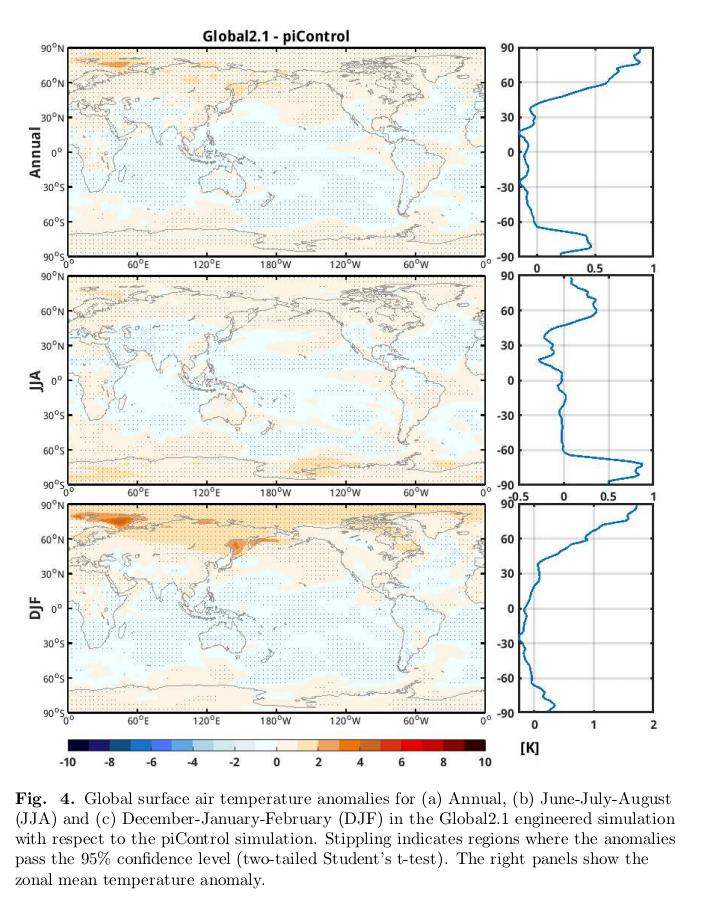🚨NEW PAPER🚨
"Utilization of biochar as a cementitious material aids in CO2 sequestration by impeding the release of C in the atm. So, a recent study reviewed the prospect of #biochar as a #cementitious material by evaluating its physical, mechanical & durability properties."🧵

"Utilization of biochar as a cementitious material aids in CO2 sequestration by impeding the release of C in the atm. So, a recent study reviewed the prospect of #biochar as a #cementitious material by evaluating its physical, mechanical & durability properties."🧵


This research suggested that "the physical properties of #biochar promote its use as an environmental control device."
A summary of the preparation and characterization of biochar is presented in a Fig. ⬇️
2/7
A summary of the preparation and characterization of biochar is presented in a Fig. ⬇️
2/7

According to the study, #pozzolan is a siliceous & aluminous material
that chemically reacts with Ca(OH)2 at room temp to form compounds having #cementitious attributes. So, some of the silica-rich biochars, like the ones derived from #RiceHusk have pozzolanic properties."
3/7

that chemically reacts with Ca(OH)2 at room temp to form compounds having #cementitious attributes. So, some of the silica-rich biochars, like the ones derived from #RiceHusk have pozzolanic properties."
3/7


"The quantity & type of biochar used, the number of curing days & the curing technique all have an impact on the strength of biochar-infused concrete/mortar. However, investigations concluded that biochar used at lower conc. (<5 wt%) produce high-strength mortar+concrete."
4/7
4/7

This research recommended that "most of the prior work focuses on the thermal stability of #biochar. However, research on chemical & chloride attacks as well as the ageing & weathering study is scarce. Thus, future work should focus on the aforementioned gaps in knowledge."
5/7
5/7
Read the open-access study entitled: Biochar in cementitious material—A review on physical, chemical, mechanical, and durability properties" here ⬇️
aimspress.com/article/doi/10…
#Biochar
#CarbonSequestration
#CementitiousMaterial
6/7
aimspress.com/article/doi/10…
#Biochar
#CarbonSequestration
#CementitiousMaterial
6/7

• • •
Missing some Tweet in this thread? You can try to
force a refresh

 Read on Twitter
Read on Twitter

















